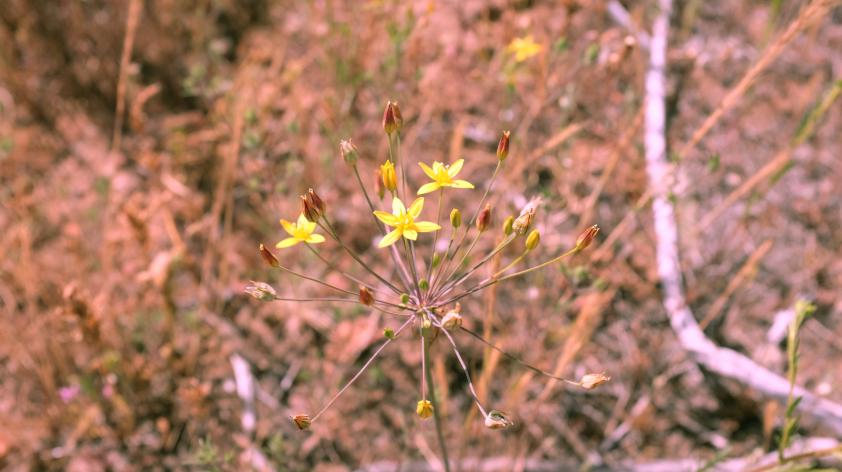
California Plant Rescue: 2016 review
As we reflect back on 2016, we had a very successful year as participants in the California Plant Rescue program (CaPR). Coordinated by the Center for Plant Conservation (CPC), CaPR is a collaboration among many of the botanical gardens, seed banks, and botanical organizations in California to conserve California’s native flora. Prioritizing the rarest and most threatened plant species throughout the state, the purpose of CaPR is the long-term conservation of these wild populations through seed banking and fieldwork.
By year’s end we made 40 seed collections from plant populations in San Diego county this year. A small number of these collections were made from more common species, representing vital members of our native coastal sage scrub habitat from different regions of the county. The majority of these collections were made from very rare species that are threatened with extinction.
Sometimes we make collections that add to the breadth of the seed bank (collecting numerous different plant species), while other times we make collections that add to its depth (collecting from all of the populations of one species). Our 40 collection count includes some breadth and depth. For example, this year we made 4 seed collections from Bloomeria clevelandii, the San Diego golden star, from different locations throughout the county. This beautiful bulb exists only in San Diego county and northern most Baja California. It is important that we conserve the genetic diversity of the species, and in this case we’ve made collections from populations as far north as the Carmel Mountain area, south to the Mexican border. Populations separated by this much distance may contain unique genetic information, having been isolated from one another for many hundreds or thousands of years. This genetic information might result in slight differences in the populations, slight adaptations specific to their individual environments, and by collecting from as many different populations as possible, we ensure the entirety of the species’ genetic material is conserved. This also allows us to provide seed adapted to specific areas if restoration efforts are needed.
Throughout the year I’ve written blogs highlighting many of the species we collected this year. If you are interested in reading more about the natural history of these species, click the following links:
http://institute.sandiegozoo.org/science-blog/freezing-san-diego%E2%80%99s-rarest-seeds
http://institute.sandiegozoo.org/science-blog/saving-san-diego%E2%80%99s-rare-mints
http://institute.sandiegozoo.org/science-blog/rare-plant-seed-collections-san-diego-county
http://institute.sandiegozoo.org/science-blog/conserving-rare-plants-otay-mountain
http://institute.sandiegozoo.org/science-blog/california-plant-rescue
We are hoping for a repeat performance in 2017! We are beginning to develop our targeting plan for the year in an effort to find and conserve as many populations as possible. We are targeting some very rare vernal pool plant species, and quite a few critically endangered populations. Keep an eye out for more news as we work to end extinction in San Diego County!













